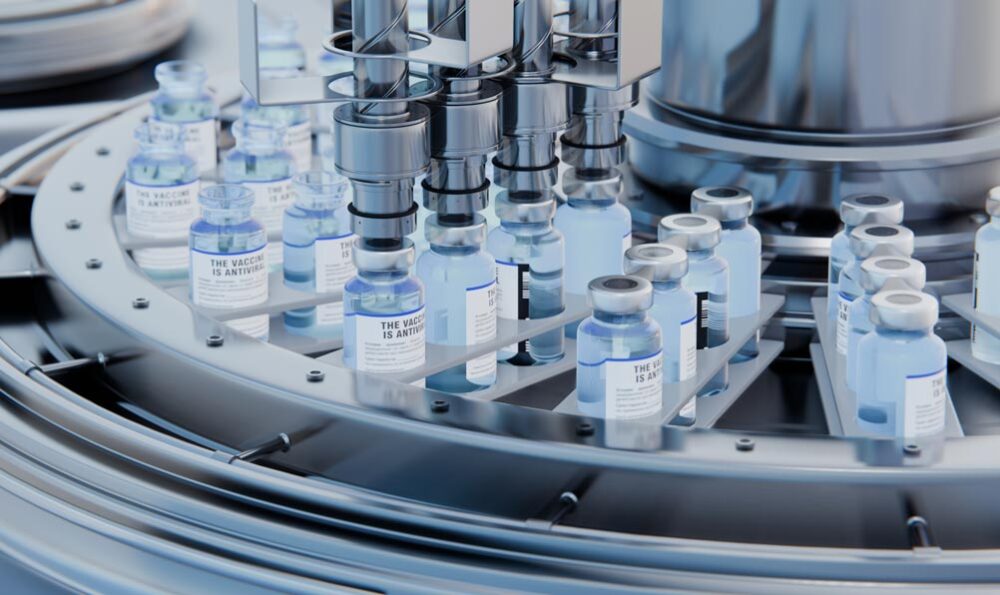Advertisment
Significant worldwide disparities in availability and timeliness of new cancer drugs

Despite considerable progress in the discovery and development of new cancer drugs, there are significant disparities in both the availability and timeliness of these medicines worldwide, with poorer countries missing out, suggests a global analysis of new drug launches between 1990 and 2022, published in the open access journal BMJ Global Health.
Few new cancer drugs were launched in lower-middle or low income countries, and the gap between rich and poor nations widened over the three decades, the analysis shows.
Such inequities may help explain poor cancer outcomes in many countries, particularly those on the lower end of the income scale, suggest the researchers.
The evidence to date on country differences in the availability of new cancer drugs has usually focused on one region of the world and included only a small sample of drugs, they point out
To obtain a broader international picture of the scale of the issue, the researchers analysed the availability of all commercially developed cancer drugs from 1990 through to the end of 2022
To do this, they drew on information in Pharmaprojects, a commercial database that tracks global pharmaceutical Research & Development activities in more than 150 countries.
They focused on the first launch in each county of a new cancer drug, irrespective of its therapeutic indication, and the date it first became available for treatment in that country.
They used data from the World Bank to group countries according to population size, Gross National Income or GNI (a proxy for ability and willingness to pay), Gini index (measure of inequalities in income distribution), and the number of doctors per 1000 of the population.
And to quantify the need for cancer drugs, they extracted crude cancer incidence rates for each country from the Global Cancer Observatory.
During the study period, 568 new cancer drugs were launched worldwide, and the authors included a total of 4184 drug launches or regulatory approvals (1115; 27%) for these cancer drugs in 111 countries in their analysis.
More than half the drugs launched in the past decade, with 35% launched in 2018–22 and 20% in 2013–17. This compares with 22% in 2003–12 and 18% in 1993–2002.
By 31 December 2022, 35% of the 568 drugs had been launched in only one country; 22% had been launched in 2–5 countries; and 43% in more than five.
But the number of new cancer drug launches varied substantially worldwide, the analysis showed. Regions with the most launches were North America, Western Europe, East Asia, and Australia—the high income regions of the world.
Regions with the fewest were Africa, Southeast Asia, the Middle East and Central Asia, and Eastern Europe—the low- and middle-income regions of the world.
At the country level, the number of new cancer drugs launched ranged from 0 to 345. Countries with the highest number of launches were: the USA (345); Japan (224); Canada (221); Australia (204); the UK (191); and China (169).
Differences in the number of cancer drugs launched between wealthy and poor nations also widened over time. The average number of new cancer drug launches each year increased from 0.5 in the early 1990s to 8.7 in 2022 in high income countries; the equivalent figures were 0.1 to 1.5/year in upper-middle-income countries; and minimal among lower-middle and low income countries.
Long delays in drug launches after a global launch occurred in many countries. Average delays between the first global launch and the second, third, fourth, and fifth launch shortened over time: 20, 26, 38, and 44.5 months, respectively, in 1990–99; and 16, 21.5, 29. and 37 months, respectively, in 2010–22.
Nearly half (45%) of the cancer drugs were first launched in the USA, followed by nearly 11% in China, just over 10% in the UK, Germany, France, Italy, and Spain, and just under 9% in Japan.
Higher GNI and higher cancer incidence were associated with more launches and shorter launch delays, the analysis showed.
“Fewer launches and longer launch delays of anticancer medicines may have contributed to the disproportionally high cancer morbidity and mortality in [low to middle income countries]. Previous research has shown that although overall incidence was lower in [these countries], mortality-to-incidence ratios were significantly higher, especially among women,” explain the researchers.
“Without timely access to effective treatments, this disparity is expected to worsen as cancer incidence is projected to increase much faster in [lower to middle income] than in [high income countries], driven by demographic changes and increasing risk factors associated with a growing economy,” they add
The researchers acknowledge several limitations to their findings, including that both launch and regulatory approval are proxies for availability. No information on drug prices was available, and pricing may have a role in the timing of a launch, they suggest.
Nevertheless, they conclude: “Despite considerable progress in the discovery and development of new cancer medicines in recent decades, many of these medicines remained unavailable many years after their first global launch or were only available after long delays, especially in the lower-income parts of the world.
“This disparity underscores the need for policy solutions to provide more equitable access to cancer medicines globally.”





